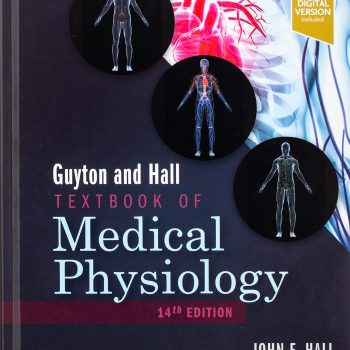Anatomy and Physiology
What are Anatomy and Physiology?
Anatomy and physiology are two of the most basic terms and areas of study in the life sciences. Anatomy refers to the body’s internal and external structures and physical relationships, whereas physiology refers to the study of the functions of those structures. An understanding of anatomy and physiology is fundamental to any career in the health professions and can also benefit your own health. Familiarity with the human body can help you make healthful choices and prompt you to take appropriate action when signs of illness arise.
Your knowledge in this field will help you understand news about nutrition, medications, medical devices, and procedures and help you understand genetic or infectious diseases. At some point, everyone will have a problem with some aspect of their body, and your knowledge can help you to be a better parent, spouse, partner, friend, colleague, or caregiver.
Anatomy
Human anatomy is the scientific study of the body’s structures. Some of these structures are very small and can only be observed and analyzed with the assistance of a microscope. Other larger structures can readily be seen, manipulated, measured, and weighed. The word “anatomy” comes from a Greek root that means “to cut apart.” Human anatomy was first studied by observing the body’s exterior and the wounds of soldiers and other injuries.
Later, physicians were allowed to dissect the bodies of the dead to augment their knowledge. When a body is examined, its structures are cut apart in order to observe its physical attributes and their relationships to one another. Dissection is still used in medical schools, anatomy courses, and pathology labs.
Physiology
Whereas anatomy is about structure, physiology is about function. Human physiology is the scientific study of the chemistry and physics of the body’s structures and the ways in which they work together to support the functions of life. Much of the study of physiology centers on the body’s tendency toward homeostasis.
Homeostasis is the state of steady internal conditions that living beings maintain. The study of physiology certainly includes observation, both with the naked eye and microscopes, as well as manipulations and measurements. However, current advances in physiology usually depend on carefully designed laboratory experiments that reveal the functions of the many structures and chemical compounds that make up the human body.
Why study Anatomy and Physiology?
Anatomy and Physiology are among the most prominent and crucial medical and nursing education subjects. Without studying these essential topics, no doctor, nurse, or physician can work & function in the medical and healthcare sector.
Anatomy and Physiology education help in understanding the health status of patients. The theories of this subject assist in comprehending the overall condition of the human body. There are several reasons why Anatomy and Physiology are the subjects for medical students. Some of them are as below.
1. Fundamental Knowledge
Anatomy and Physiology provide basic knowledge about the human body. It helps in clearing the fundamental concepts as to how our bodies function.
2. Theoretical & Practical Knowledge
It is not only a theory-based subject of science but a practical-oriented subject too. The detailed study of Anatomy and Physiology clears not only the theoretical concepts but also the practical concepts as well.
3. Tracking of Patient’s Health
Anatomy and Physiology education help in understanding the health status of patients. It helps assess, evaluate, diagnose, and track a patient’s health. The theories of this subject assist in comprehending the overall condition of the human body.
4. Career Growth
Professionals who work in anatomy and physiology careers deal with the body and its parts and functions. There are various jobs in anatomy and physiology, as these subjects are the basis for medicine, forensic science, therapy, pharmaceutical industries, and biomedical research. Education in anatomy and physiology offers an array of careers in many different fields.
Test Bank Resources
Test banks are a compilation of a professor’s test questions from past semesters. When students either get back an exam or invigilators allow them to leave the class with it, some of the students put the questions from these tests into a database for future students of the same class to use. The Test bank of Anatomy and Physiology on Testbank Resources provides a collection of 30 textbooks, including study questions and complete answers to help you study better and give you the tools you need to pass your Tests.
Conclusion
Test Bank Resources offers a collection of 30 textbooks on Anatomy and Physiology, to help you study better and give you the tools you need to pass your Tests.








